Strait of Georgia and Howe Sound Glass Sponge Reef (17 fisheries area closures)
- Location
- Strait of Georgia Bioregion (British Columbia)
- Approximate Size (km2) contribution to Marine Conservation Targets
- 32.6 km2
- Approximate % coverage contribution to Marine Conservation Targets
- <0.01%
- Conservation Objective
- Protect glass sponge reefs
Ecological Components of Interest
Species of regional importance: reef-forming glass sponges
- Why it is important: Glass sponge reefs are presently found only along the west coast of Canada and the United States. Reef-forming sponges are slow-growing and fragile, with skeletons made of silica, or glass.
Habitat that is important to biodiversity conservation: glass sponge reefs
- Why it is important: Glass sponge reefs provide habitat for many ecologically and commercially important finfish and shellfish species, such as rockfish and spot prawns.
Prohibitions
The ecological components of interest are effectively conserved through the following prohibitions:
- No commercial, recreational or Indigenous Food, Social and Ceremonial bottom-contact fishing activities are allowed within the areas indicated in the maps. This includes fishing for prawn, shrimp, crab, and groundfish (including halibut).
Note:
In the refuges represented by maps 10 to 17, the use of downrigger gear in recreational salmon trolling is also prohibited because of the potential risk of damage to shallow reefs.
Other Considerations
No human activities that are incompatible with the conservation of the ecological components of interest may occur or be foreseeable within the area.
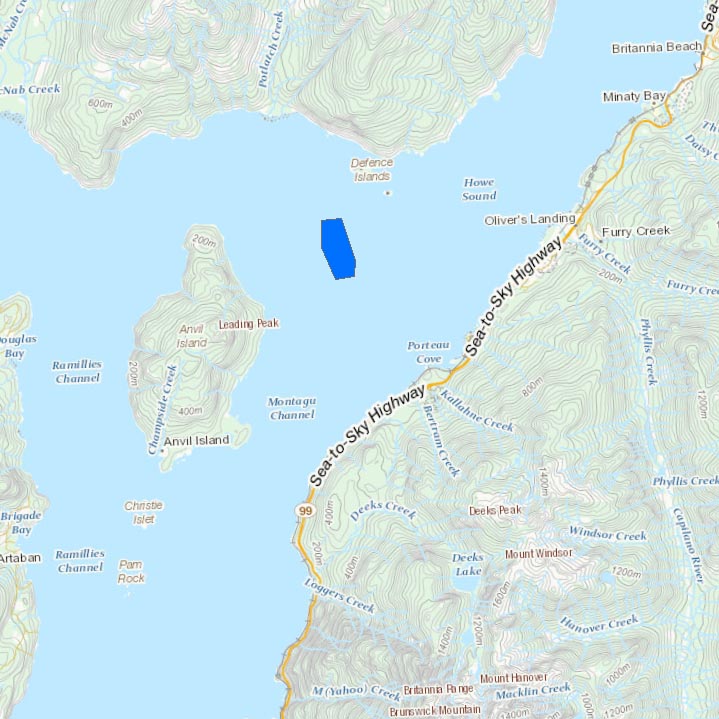
Howe Sound - Defence Islands

Howe Sound - Queen Charlotte Channel
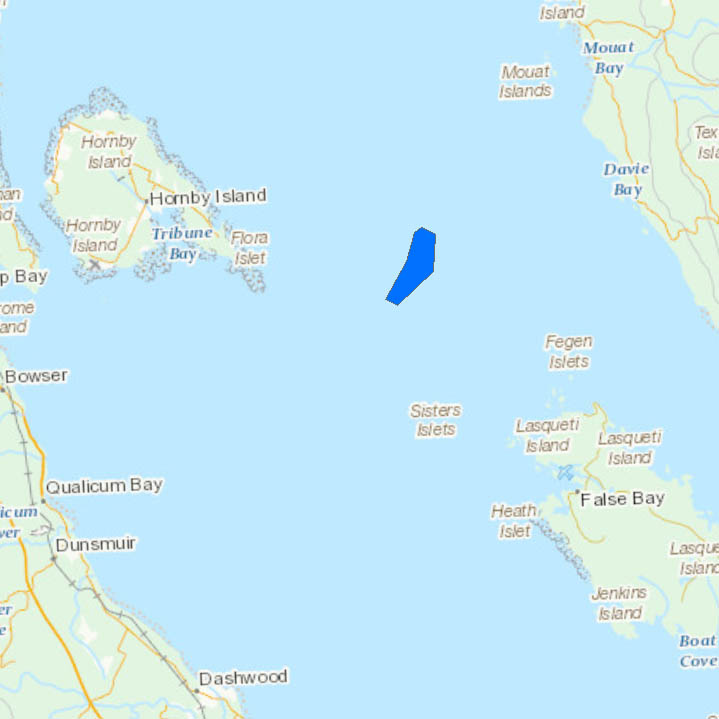
Strait of Georgia - East Hornby Island
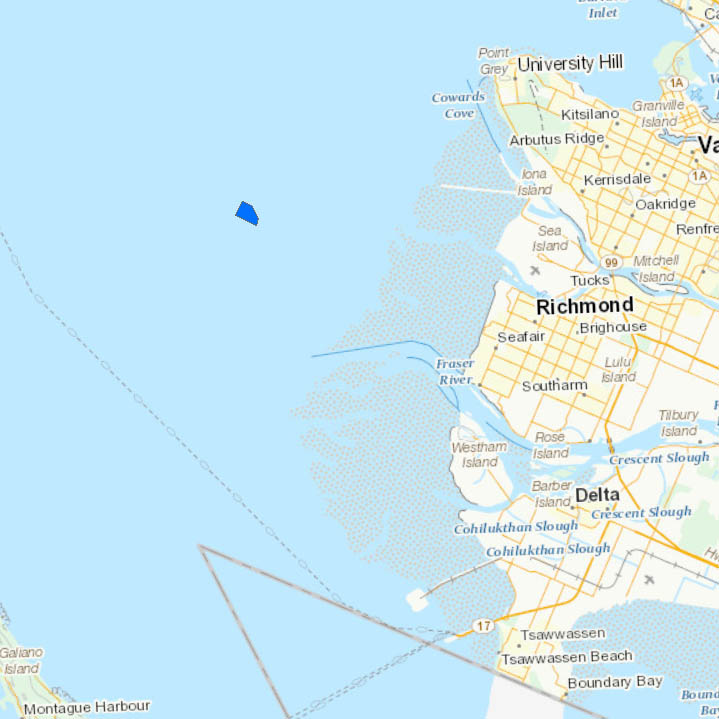
Strait of Georgia - Foreslope Hill
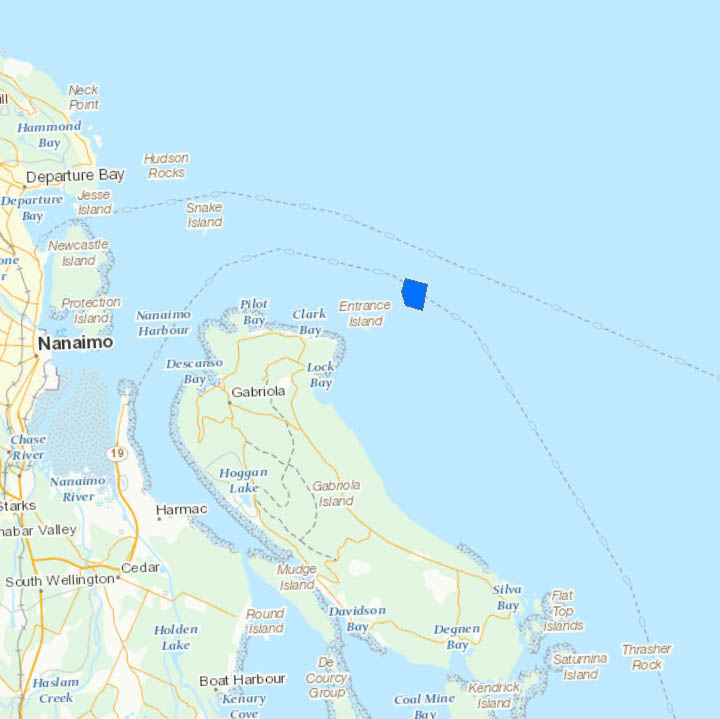
Strait of Georgia - Gabriola Island
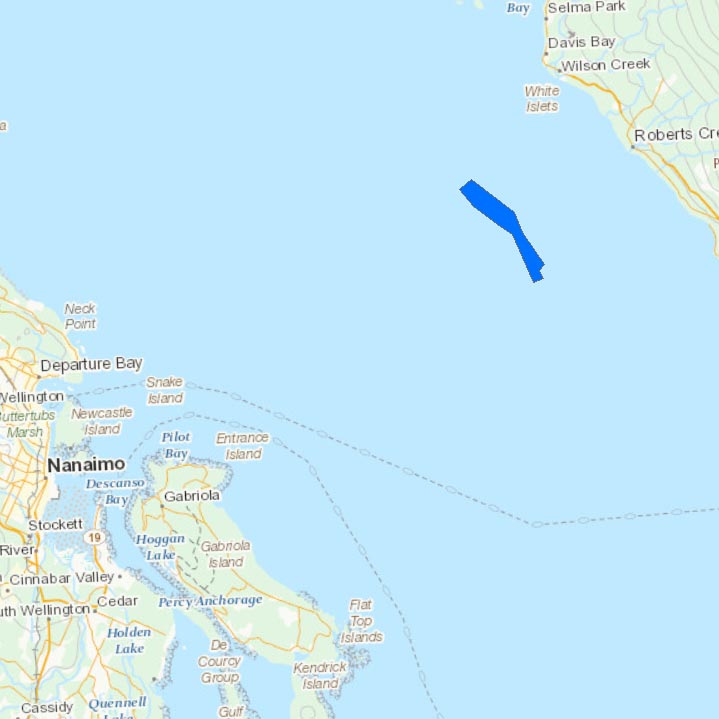
Strait of Georgia - Halibut Bank
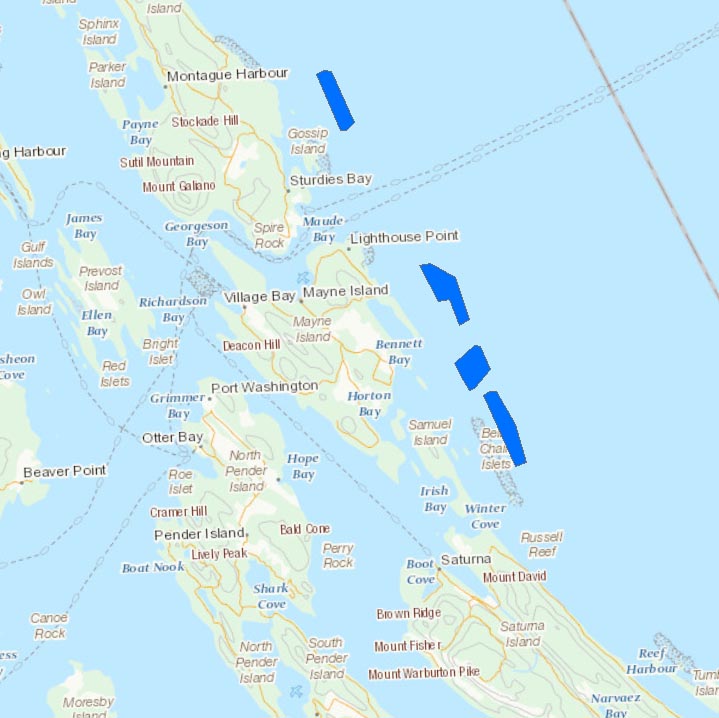
Strait of Georgia - Outer Gulf Islands
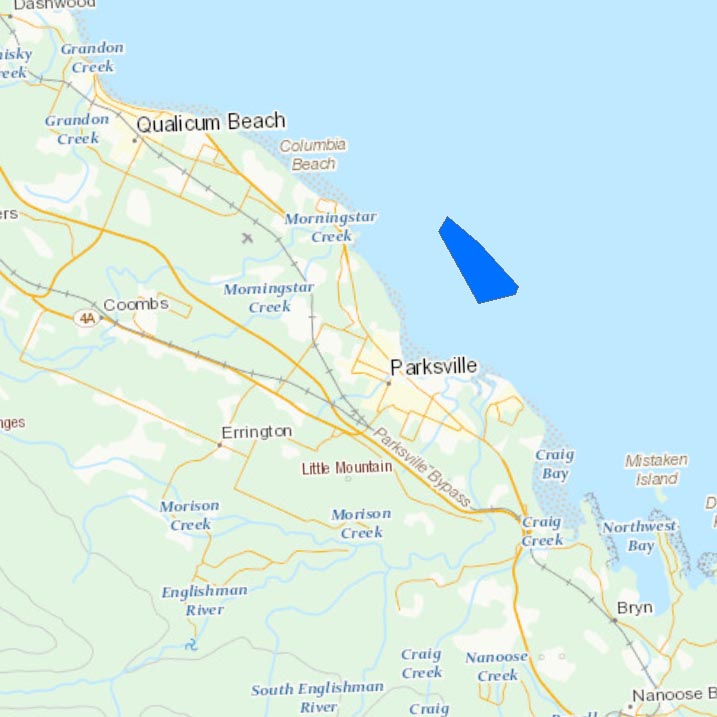
Strait of Georgia - Parksville

Strait of Georgia - Sechelt
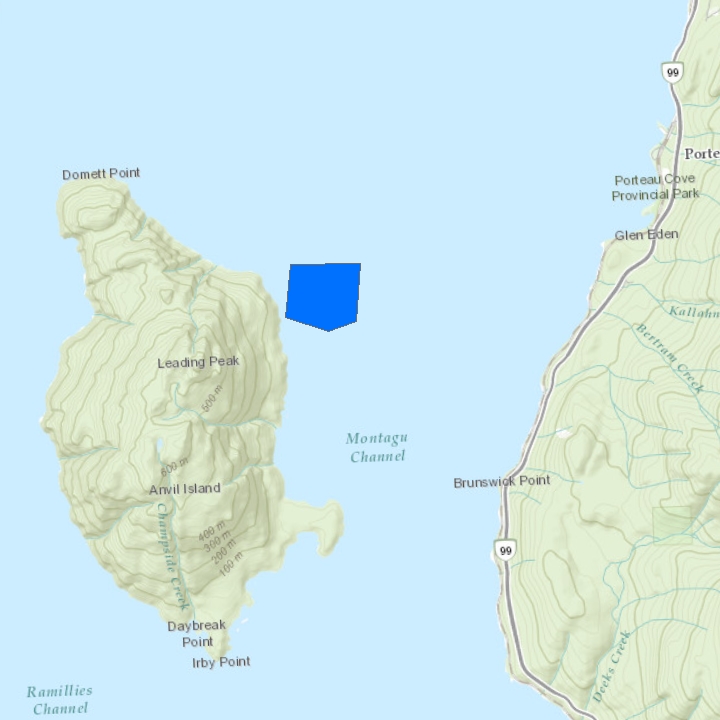
Howe Sound - Anvil Island
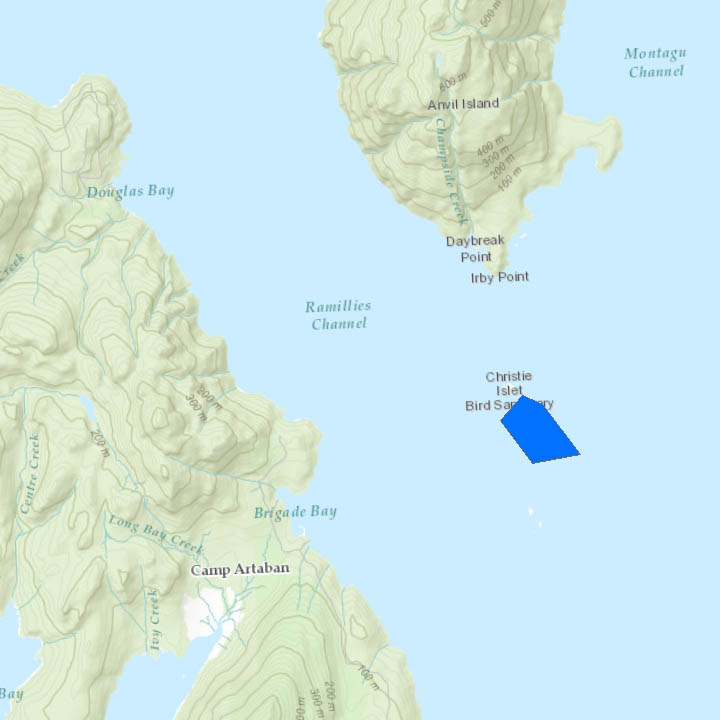
Howe Sound - Lost Reef
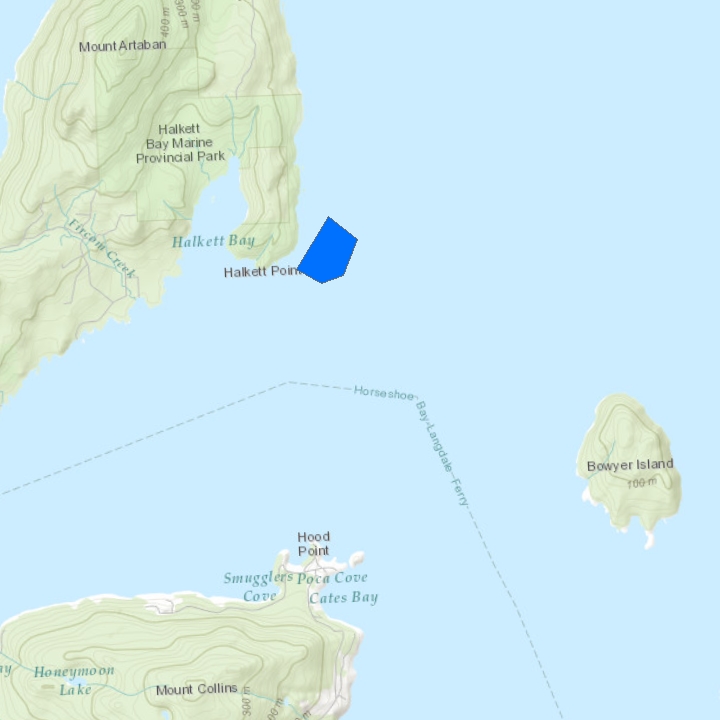
Howe Sound - Halkett Point
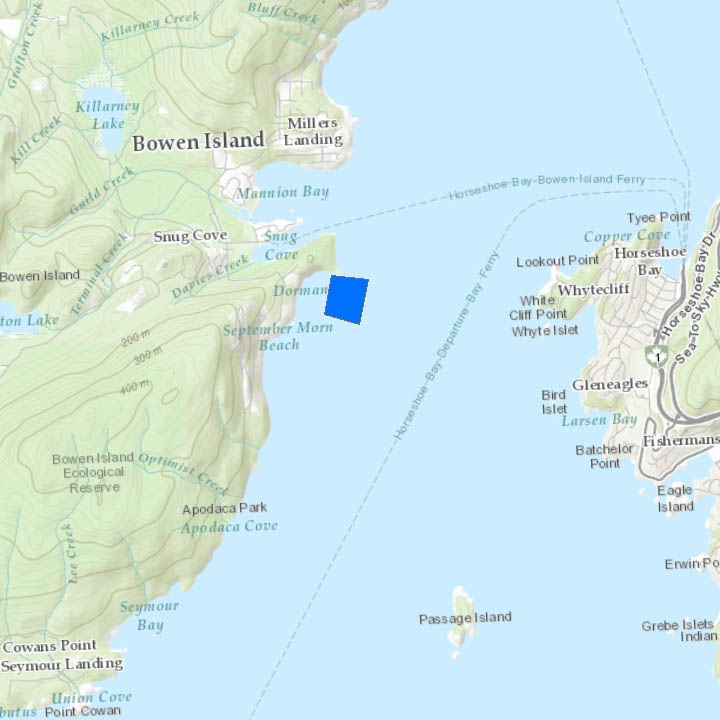
Howe Sound - Dorman Point
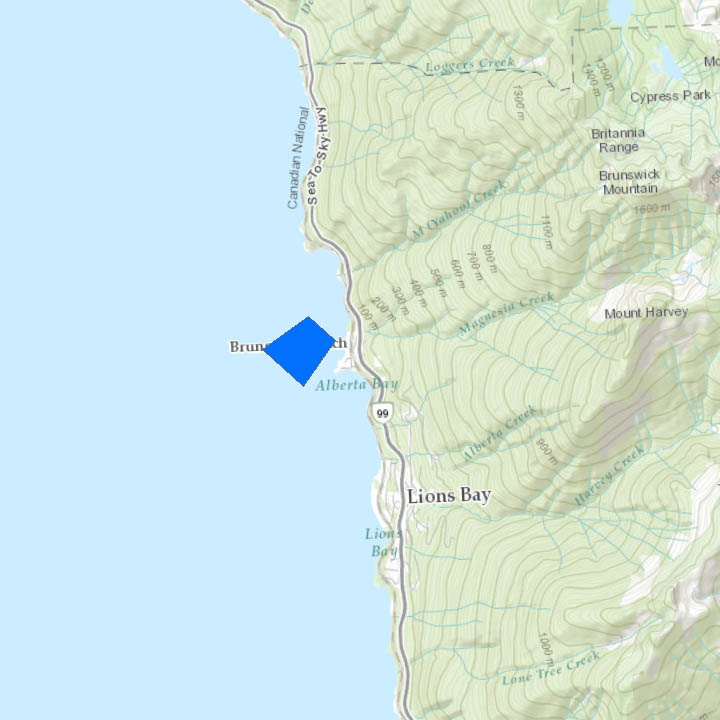
Howe Sound - Brunswick Point
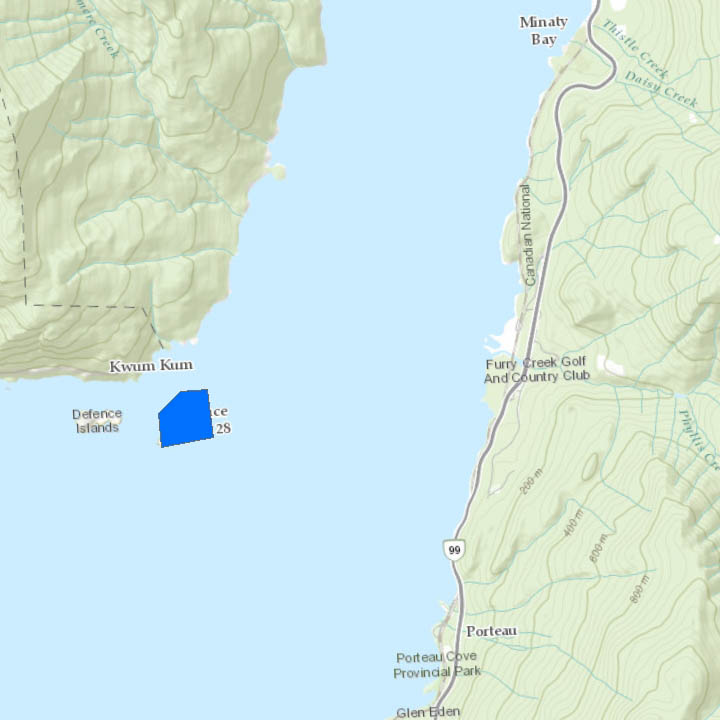
Howe Sound - East Defence Islands
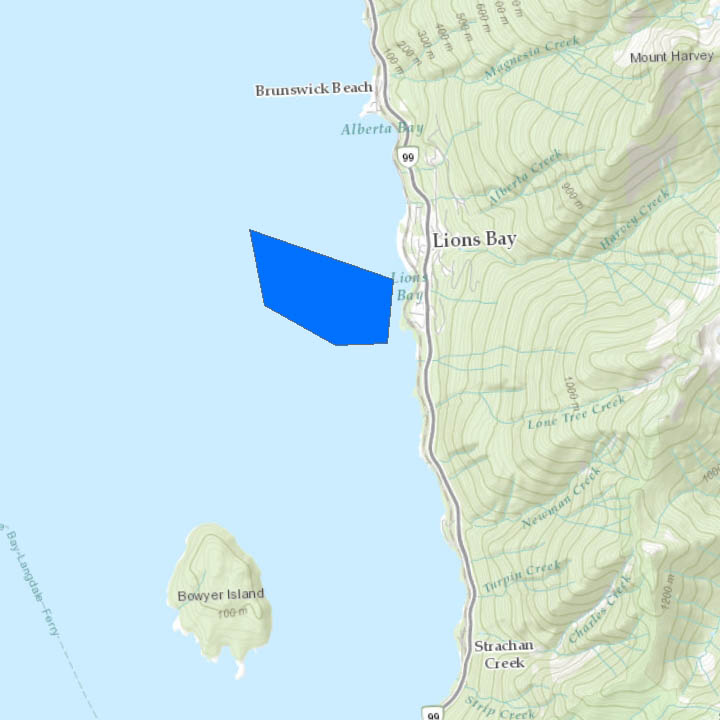
Howe Sound - Lions Bay and Kelvin Grove
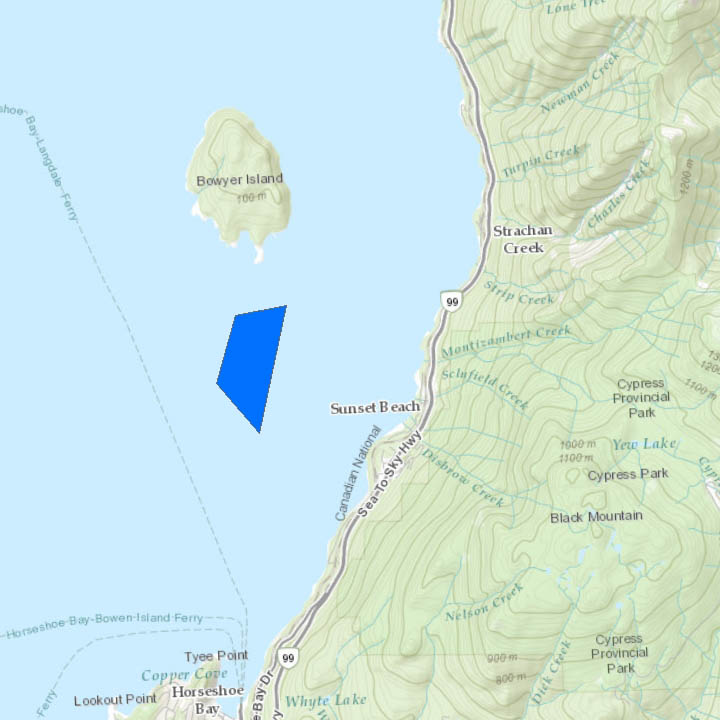
Howe Sound - Bowyer Island
Environmental Context
Sponge-dominated communities modify bottom currents, filter water, and create habitat. Glass sponge reefs provide a link between benthic (seafloor) and pelagic (water column) environments, play an important role in carbon and nitrogen processing, and act as reservoirs sequestering excess silica from the water column. Sponge reefs provide refuge, habitat, and nursery grounds for aquatic species.
Prohibition on bottom-contact gear can protect numerous species of fish and invertebrates that use the benthic area. In addition to protecting the fragile glass sponge reef structure directly, these closures also protect the services (i.e. refuge, habitat, food, nursery areas) that the reefs provide to many aquatic species including rockfish, sea stars, crabs, prawns and many benthic invertebrates.
Although a full understanding of the interactions between the sponge reef and the surrounding ecosystem requires further investigation the reefs hosting diverse and abundant aquatic species likely enhance species abundances and ecosystem functions of the areas beyond the glass sponge reef boundaries.
Related links
- Strait of Georgia and Howe Sound Glass Sponge Reef Conservation Initiative
- Educational poster: No Fishing in Glass Sponge Reef Marine Refuges
- Frequently asked questions: Glass Sponge Reefs in the Strait of Georgia and Howe Sound.
- Date modified: